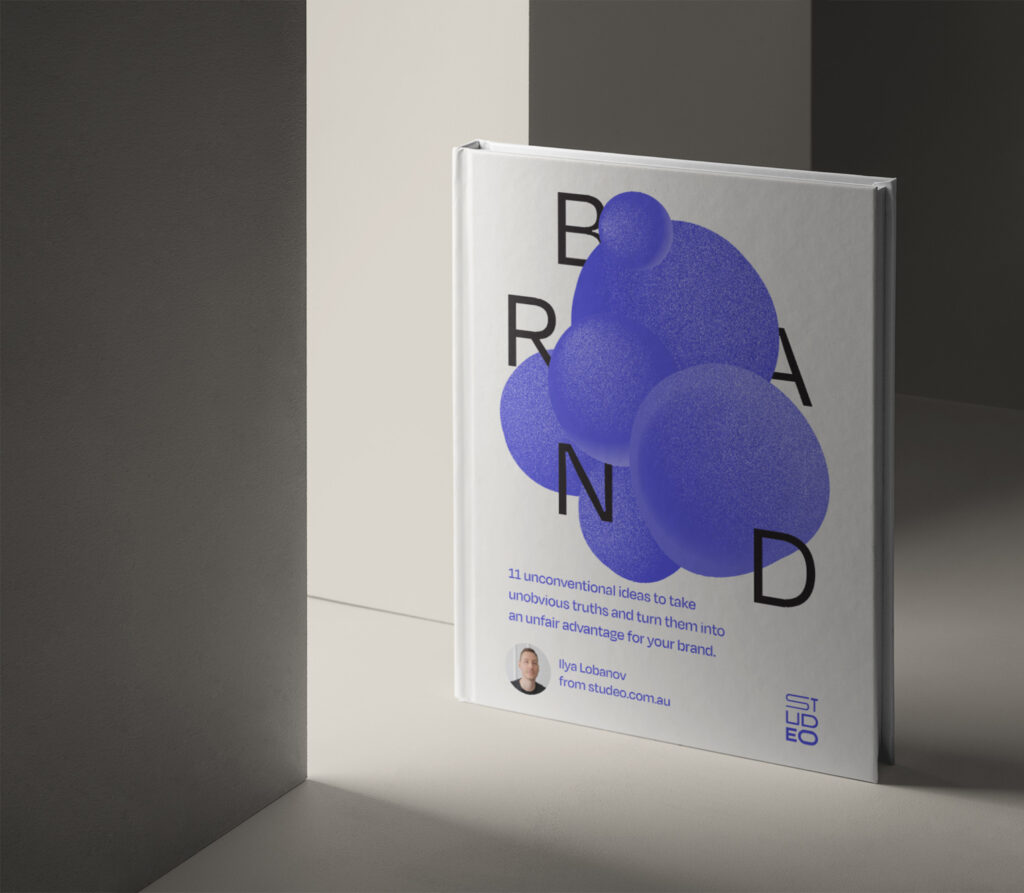One of my personal heroes, Sir Richard Branson can pull off wearing red lipstick and fishnet stockings, even as a bearded middle-aged man.
But it wouldn’t work for Sir David Attenborough. There’d be a disconnect between the man and the (brand) personality.
And this is an equally important truth for your corporate brand too. You can create and assign a brand personality, but it has to be something you can ‘wear’ authentically.
Failing that, you’re doing a disservice to yourself and your audience.
Read on to learn about all 3 criteria you need to consider to build a successful, well-rounded brand.
How personal brands influenced brand personality
Since the rise and early success of personal branding, businesses have been looking for ways to leverage that within their own branding efforts.
The key agenda of personal branding? Getting more attention. Great for businesses, right?
You can achieve great cut-through (as a personal or corporate brand) by adopting a brand archetype aka a brand personality, which I’d written about before.
Audiences connect easier with people than they did with businesses. So naturally, businesses started adopting more ‘human-like’ traits to become more relevant and relatable.
Being relevant to the target audience, your customers, your users, and your tribe is one of the main criteria for building a successful brand.
But the personal branding movement that spearheaded brands to try and be more relevant and human isn’t reliable long-term.
Most of its tactics tend to be polarising. Turning people into circus performers. This is also why we’re now witnessing personal branding’s imminent death.
Being relevant and relatable to your target audience is only one part of the equation.
Competition matters, but not as much as you think
As designers, we create and assign entire visual systems and brand personalities for the businesses we work with.
If we do our job right, we will create visuals that evoke an appropriate and fitting brand personality.
But there is a danger.
Many designers are driven and misdirected by perhaps the most viral branding myth of all – that the sole purpose of branding is differentiation.
So we make this our priority number one, forgetting any other objectives.
And when that happens, in our own need for self-expression and desire to differentiate, we can create something that feels amazingly daring and creative but totally inauthentic to the brand we’re creating for.
And on the flip side, as business owners, we may be tempted to follow the latest trends.
Or to ‘outdo’ the competition with a daring rebrand.
Yes – differentiating adequately from the competition is an important aspect of successful brands. But not to the detriment of your brand’s character and reputation.
If you’re a black suit and tie kind of business trying to wear a red dress and stockings, you may have got it wrong.
Customer centricity isn’t the only requisite
Customer centricity is a topic that’s progressively gained more and more traction. For years, it’s been advocated for and written about in branding channels en masse.
And with good reason. It’s an important mindset.
But what some business owners and designers alike tend to assume is that being relevant to the customer is the only thing that matters.
They seem to stop there.
Yes, showing up in a way your target audience expects is a must-have aspect of good branding.
But if you feel that your industry and your audience demand a certain type of brand to serve them, your question should be: can you authentically pull this off?
Remember that your business will need to ‘wear’ the chosen brand persona indefinitely. And you can only do that consistently if the people driving the business forward truly believe in it (and can personify it).
If you don’t, your brand will likely suffer from a slow and embarrassing death.
So the third, and perhaps most important aspect of branding is – your business has to be able to personify how you show up in the world. It has to be authentic to you.
In summary, the 3 non-negotiables of successful brands are
Branding will continue to evolve. There will always be new trends, new approaches, and new mediums.
But 3 things will likely remain true if you want to create a successful brand of value.
Whenever you’re creating a new brand, going through a rebranding process, or making anything for an existing brand, think of the following 3 criteria:
- Is this relevant and appropriate to my target audience?
- Is this differentiated adequately from competitors?
- Is this an authentic representation of my business?
Are you taking into account all three aspects of brand creation?
Enjoyed this article?
Please share this article with just one person you think might enjoy it. And if you found this article insightful consider signing up for Studeo Insider emails and receive more insights like this, once a month.

